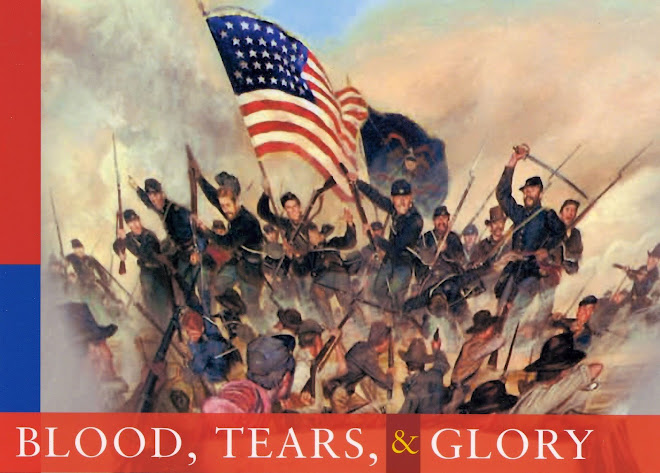
The Great Locomotive Chase
It is a story that began strangely and got even stranger, turning into one of the greatest adventures of the Civil War.
A few days ago, a strangely circumspect civilian named James J. Andrews came into the Alabama camps of the Union’s 9th Brigade, 3rd Division, Army of the Ohio, and called for volunteers for an undisclosed mission. Men with railroad experience were especially sought.
A total of 22 men from the 2nd Ohio, 21st Ohio, and 33rd Ohio infantry regiments volunteered. Under Andrews’ direction, they changed into civilian clothes and were told to claim they were Kentuckians going to join the Confederate army. Then they left camp, told to work their way east through Confederate territory and head for a Western & Atlantic Railroad station at Marietta, Georgia.
A few of the men did not reach the Marietta railroad station, but by this morning the rest had. They bought tickets and boarded a train from Atlanta, heading north to Chattanooga. A few miles north, the train stopped at Big Shanty so everyone could get breakfast. Under the nose of unsuspecting Confederate sentinels, Andrews’ men uncouple the last few cars of the train and take command of the locomotive.
With a screech, what remained of the train—a locomotive named The General, its fuel-and-water tender, and three boxcars—takes off, a daring hijacking by Yankees deep in Confederate territory. The men have courage to spare, but they need luck as well. They are not to have it on this day.
The men have been told to destroy railroad bridges behind them, which would block quick Confederate reinforcement of Chattanooga, making it vulnerable to attack by Union forces. Capturing Chattanooga would be a big step toward Lincoln’s goal of freeing eastern Tennessee, an enclave of Union sympathizers surrounded by the Confederacy.
However, the hijackers’ ability to make their way north depends on dovetailing their progress with southbound trains headed south on the same track. Doing that smoothly requires that all trains be running on time. They are not. The captured train has to wait on sidings for southbound trains to pass.
Otherwise, things go well at first, the hijackers cutting telegraph wires and tearing up track—but burning no bridges. Confederates are doggedly pursuing the The General, at first on a railroad handcar, switching to a locomotive, and switching again to a faster locomotive. The pursuers repair broken track and push aside debris and burning boxcars left behind by the fleeing Ohioans.
Unable to outrun their pursuers and out of fuel, the Union men abandon The General near the Georgia/Tennessee border and scatter into the woods.
All are captured. Eight, including Andrews, are executed as spies. Six will be exchanged for prisoners held by the Union. Eventually, 19 members of the raiding party will be awarded the newly created Congressional Medal of Honor. The very first recipient of the Medal of Honor is an Ohioan named Jacob Parrott, a member of the 33rd Ohio and the youngest hijacker. He had resisted Confederate beatings intended to make him talk. Parrott had been born near Lancaster, Ohio. After the war he moved to Kenton, where he later died and is buried in Grove Cemetery.
In 1927, Buster Keaton made a comedy-drama about the Great Locomotive Chase, as the event has come to be known. In 1956, the Walt Disney organization made a movie by that name. Fess Parker played James J. Andrews.
IT’S COMING SOONER THAN YOU THINK: April 12, 2011—scarcely 3 years from now!—will be the 150th anniversary of the outbreak of the Civil War. In 1861, April 12 was the day Confederates opened fire on Fort Sumter in Charleston Harbor.
Your suggestions, comments, and questions about this blog are always welcome. Address the author: Ohioan@bloodtearsandglory.com
For more information about the author and his newest book, please go to http://www.orangefrazer.com/btg



No comments:
Post a Comment